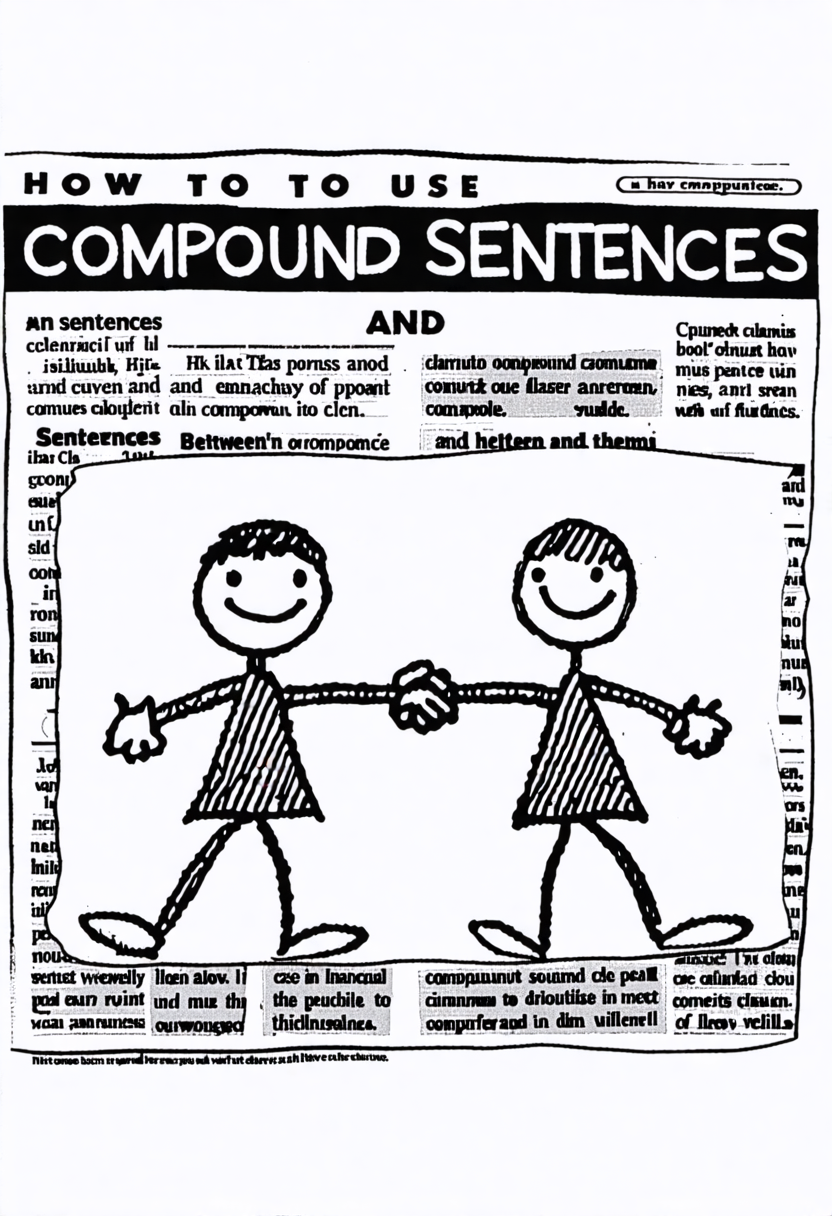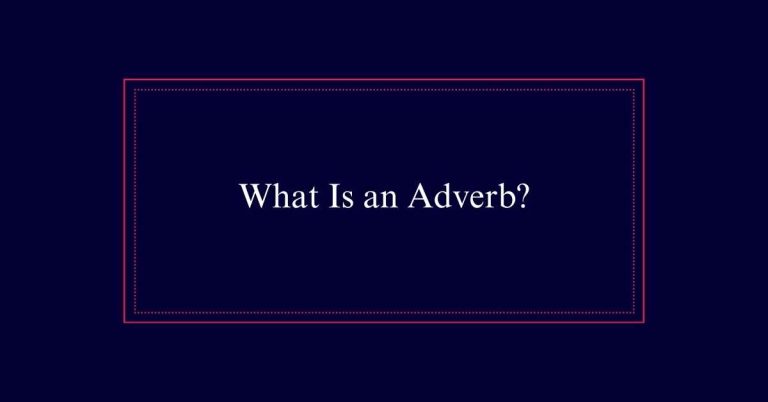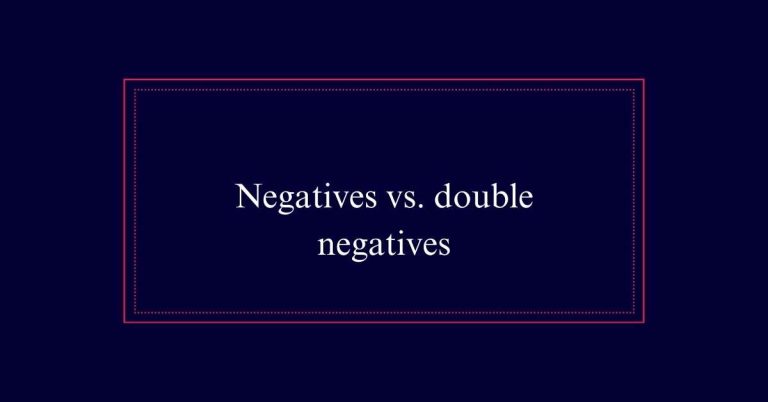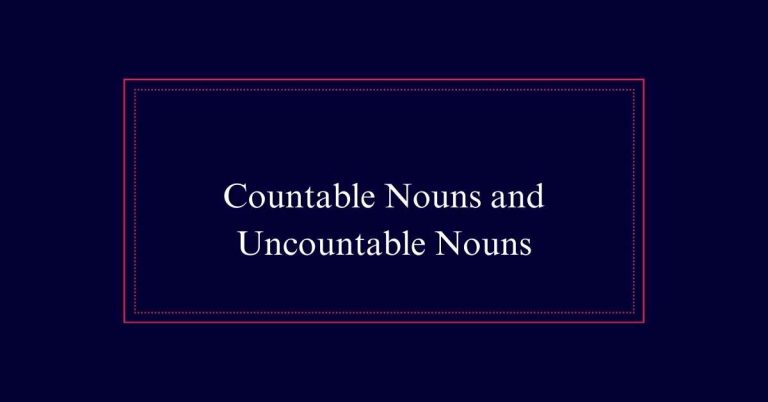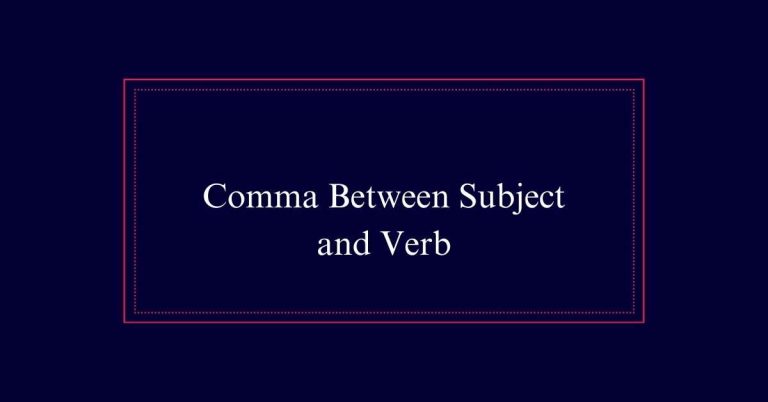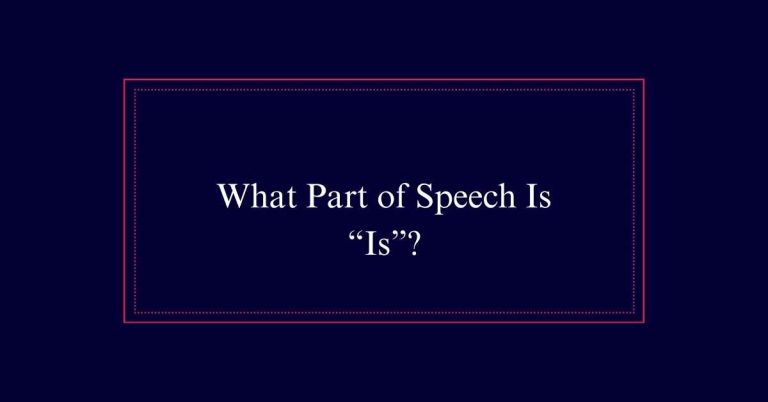How to use compound Sentences?
Compound sentences combine independent clauses to add complexity and depth to writing. Each clause can stand alone but is connected using coordinating conjunctions like ‘and,’ ‘but,’ or ‘so,’ or a semicolon. For example, ‘I wanted to go for a walk, but it started to rain.’ This structure links related ideas effectively, ensuring clarity and enhancing communication. Proper punctuation, such as placing a comma before the conjunction, is essential.
Definition of Compound Sentences
A compound sentence, characterized by its ability to combine two or more independent clauses, enhances the complexity and depth of written communication. Each independent clause can stand alone as a separate sentence.
By bringing them together, a compound sentence links related ideas. Coordinating conjunctions, such as FANBOYS (for, and, nor, but, or, yet, so), are often used to connect these clauses.
Alternatively, a semicolon can be employed to join the clauses without a conjunction. This technique not only makes writing more engaging but also avoids the choppiness of multiple short sentences.
Understanding Independent Clauses
Independent clauses form the building blocks of compound sentences. An independent clause contains a subject and a verb, expressing a complete thought. It can stand alone as a sentence. Understanding these clauses is essential for crafting compound sentences effectively.

Here’s why independent clauses matter:
- Clarity: They guarantee each part of the sentence is clear and complete.
- Variety: They allow writers to mix and match ideas, enhancing readability.
- Emphasis: They let writers highlight important points by placing them in separate clauses.
Coordinating Conjunctions
Coordinating conjunctions are essential tools for linking independent clauses in compound sentences. These conjunctions include ‘for’, ‘and’, ‘nor’, ‘but’, ‘or’, ‘yet’, and ‘so’, commonly remembered by the acronym FANBOYS.
Each coordinating conjunction serves a specific purpose: ‘and’ adds information, ‘but’ shows contrast, ‘or’ indicates choice, and so on. When using coordinating conjunctions, place a comma before the conjunction to separate the clauses properly. For example, ‘I wanted to go for a walk, but it started raining.’ This structure helps maintain clarity and flow in writing.
Using Semicolons
Semicolons provide a sophisticated way to link closely related independent clauses without using a coordinating conjunction. This punctuation mark not only clarifies the relationship between ideas but also enhances the readability of your writing.
Here are three reasons worth contemplating using semicolons:
- Elegance: Semicolons add a polished touch to your sentences, making your writing look more professional.
- Clarity: They help avoid confusion by clearly separating complex ideas within a compound sentence.
- Variety: Using semicolons allows you to diversify sentence structures, keeping your writing engaging.
Simple Sentence Combinations
Combining simple sentences is a fundamental skill for creating compound sentences. This involves merging two or more independent clauses, each capable of standing alone.
Using coordinating conjunctions like ‘for,’ ‘and,’ ‘nor,’ ‘but,’ ‘or,’ ‘yet,’ and ‘so’ (FANBOYS) helps connect these clauses smoothly. For example, ‘I went to the store, and I bought some bread.’ Each part could be a sentence by itself, but the conjunction combines them into one.
Another method uses a semicolon to link the clauses without a conjunction, as in ‘I went to the store; I bought some bread.’ Mastering these techniques enhances writing by making it more varied and engaging, avoiding repetitiveness and adding clarity.
Compound Sentence Examples
Building on the techniques for combining simple sentences, let’s explore various examples of compound sentences.
Compound sentences are formed by joining two independent clauses with a coordinating conjunction or a semicolon. Here are some examples to illustrate:
- Using Coordinating Conjunctions: ‘I wanted to go for a walk, but it started to rain.’
- Using a Semicolon: ‘She finished her homework; she went to the park.’
- Adding a Second Subject: ‘John loves to read books, and Mary enjoys painting.’
Punctuation Rules
Proper punctuation is essential to effectively constructing compound sentences. The most common method involves placing a comma before a coordinating conjunction (for, and, nor, but, or, yet, so) to link two independent clauses.
For example, ‘I wanted to go for a walk, but it started raining.’ If not using a conjunction, a semicolon can connect the clauses, such as in, ‘I wanted to go for a walk; it started raining.’
Always start the second independent clause with a lowercase letter. Ensuring correct punctuation avoids confusion and maintains readability. Limit compound sentences to two or three clauses for clarity.
Avoiding Run-On Sentences
Guaranteeing correct punctuation helps prevent run-on sentences, which are common pitfalls in writing compound sentences. Run-on sentences occur when two or more independent clauses are improperly joined without appropriate punctuation or conjunctions.
To avoid this, follow these tips:
- Use a comma and a coordinating conjunction (for, and, nor, but, or, yet, so): This method guarantees clarity and proper separation of ideas.
- Employ a semicolon: Use this punctuation to link closely related independent clauses without a conjunction.
- Break into separate sentences: If the sentence becomes too long or complex, split it into shorter, clearer sentences.
Compound Vs. Complex Sentences
Understanding the difference between compound and complex sentences is essential for effective writing. Compound sentences combine two or more independent clauses, which can stand alone as separate sentences. These clauses are joined by coordinating conjunctions like ‘and,’ ‘but,’ or ‘so,’ or by a semicolon.
Complex sentences, on the other hand, connect an independent clause with one or more subordinate clauses. Subordinate clauses cannot stand alone and are introduced by subordinating conjunctions such as ‘because,’ ‘although,’ or ‘while.’ Knowing when to use each type of sentence enhances clarity and variety in writing.
Additionally, a sentence can be both complex and compound, containing at least two independent clauses and one subordinate clause. This creates depth and sophistication in writing.
Improving Sentence Structure
Improving sentence structure enhances the readability and impact of your writing. Clear and effective sentence structure helps convey your message more powerfully.
Here are three ways to improve your sentence structure:
- Vary Sentence Length: Mix short and long sentences to keep readers engaged. This creates a natural rhythm in your writing.
- Use Active Voice: Active sentences make your writing more direct and vigorous. This enhances clarity and reader engagement.
- Combine Related Ideas: Use compound sentences to connect related ideas smoothly. This avoids choppy and disjointed writing.
